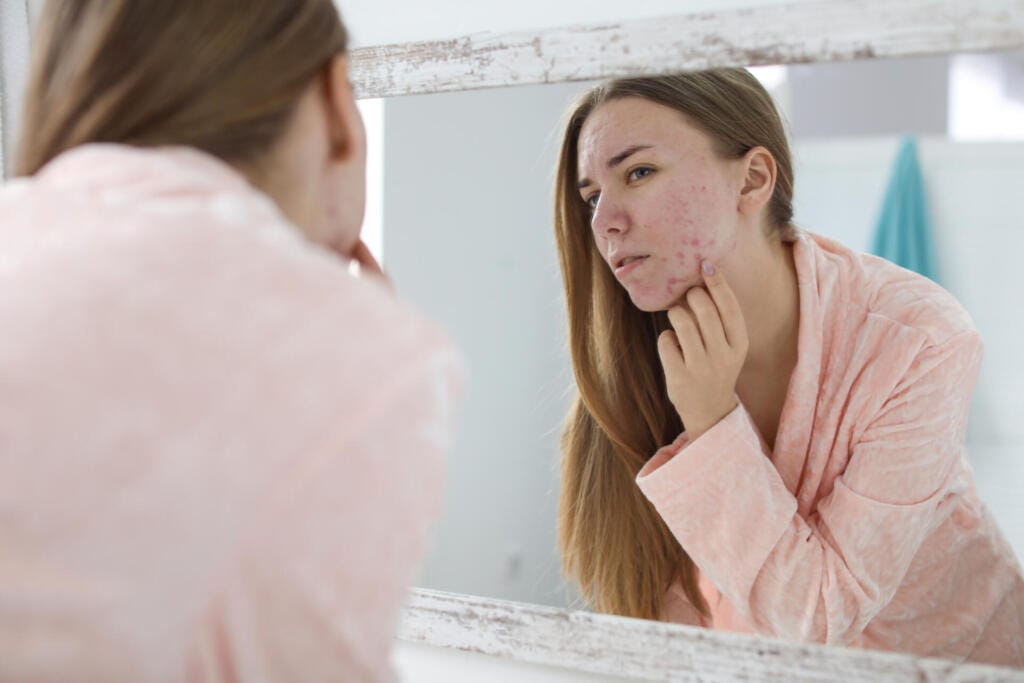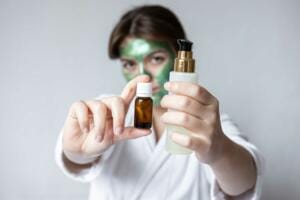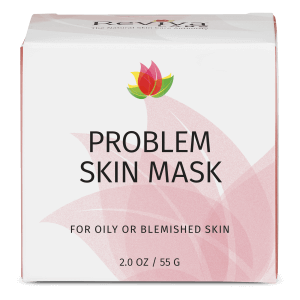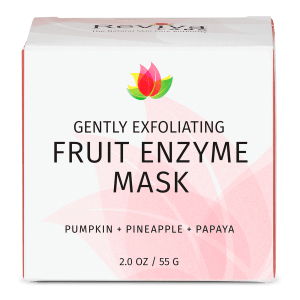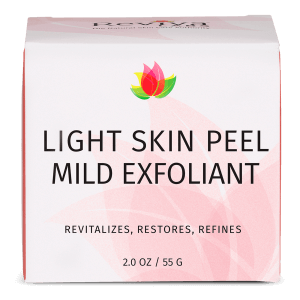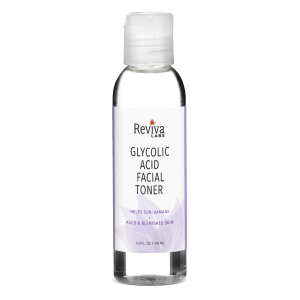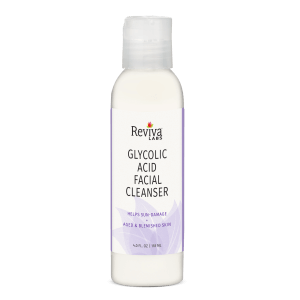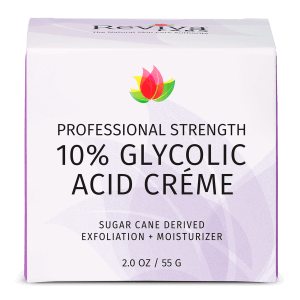Ingredients, Natural, Skin Care
11 Ways to Treat Acne Without a Prescription
Acne. It’s the nemesis of clear skin, and at some point, most of us have faced off against it. Whether it’s an occasional blemish or more persistent breakouts, the frustration is real. Here’s the truth: you don’t always need a prescription to fight back. In fact, some of the most effective treatments for acne are right at your fingertips. Ready to reclaim your skin? Let’s explore how.
The Power of Cleansing – More Than Just Soap and Water
Let’s start with the basics. Cleansing your face twice a day seems like a no-brainer, but it’s often overlooked in the rush of daily life. Using a gentle, sulfate-free cleanser is your first line of defense against acne. Why? Because cleansing removes excess oil, dead skin cells, and the dirt that clogs pores. Without it, you’re inviting breakouts to stick around.
But here’s the kicker: harsh cleansers can strip the skin of its natural oils, triggering even more oil production, which only leads to more acne. So, be kind to your skin. Look for cleansers that balance oil production without being too abrasive. And don’t underestimate the power of a lukewarm water rinse—hot water might feel great, but it can inflame the skin.
Exfoliation – Buffing Away the Dead Weight
Exfoliating your skin is like giving it a fresh start. When dead skin cells accumulate, they can clog pores and trap oils that lead to breakouts. The key here is to exfoliate gently. Over-exfoliating can irritate your skin, making acne worse, and no one wants that.
There are two types of exfoliants you should know about: physical and chemical. While physical exfoliants use tiny particles to manually buff away dead skin, chemical exfoliants like alpha-hydroxy acids (AHAs) or beta-hydroxy acids (BHAs) dissolve the glue that holds dead cells together. BHAs, in particular, are great for acne-prone skin because they can penetrate deep into pores to remove debris.
Moisturizing – Yes, Even for Oily Skin
This might sound counterintuitive, but even acne-prone skin needs hydration. When you skip the moisturizer, your skin might actually produce more oil to compensate for the dryness, leading to—you guessed it—more breakouts.
Opt for a lightweight, non-comedogenic moisturizer, which means it won’t clog pores. Gel-based or water-based moisturizers are excellent for oily skin, providing the hydration your skin needs without making it greasy. Remember, balanced skin is happy skin.
Spot Treatment – The Focused Attack
Sometimes you just need a quick fix. Spot treatments can be lifesavers when a pimple shows up at the worst possible time. Look for products containing ingredients like benzoyl peroxide or salicylic acid. Benzoyl peroxide works by killing acne-causing bacteria, while salicylic acid helps exfoliate the inside of the pore.
One thing to remember: less is more. Spot treatments are potent, and overuse can dry out and irritate the skin. Apply sparingly, and only to the affected area.
Tea Tree Oil – A Natural Alternative
If you’re looking for a more natural approach, tea tree oil is a well-known remedy for acne. Studies have shown that tea tree oil can reduce inflammation and fight acne-causing bacteria with fewer side effects than some harsher treatments.
The trick is dilution. Pure tea tree oil is strong and can irritate the skin if used undiluted. Mix a few drops with a carrier oil like jojoba or almond oil and apply directly to the pimple. It’s a slower remedy, but one that can work wonders with consistent use.
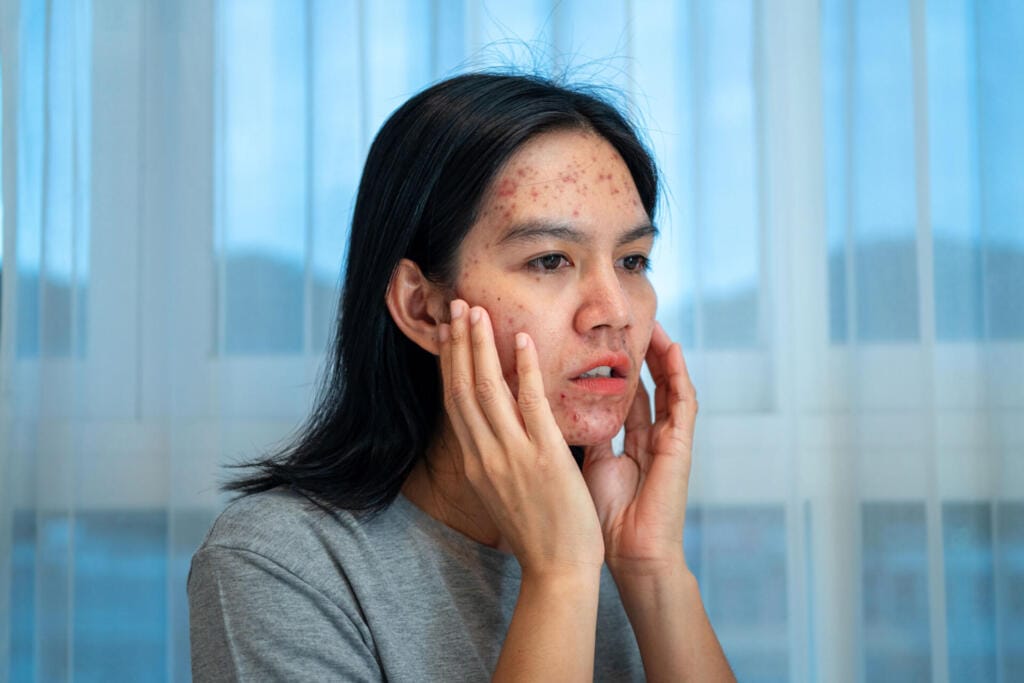
Diet – You Are What You Eat
What you eat plays a significant role in the health of your skin. While the relationship between diet and acne isn’t fully understood, there’s evidence that certain foods can trigger breakouts. High-glycemic foods—those that cause your blood sugar to spike—may be acne aggravators. Think sugary snacks, white bread, and soda.
Instead, focus on a balanced diet rich in leafy greens, lean proteins, and foods high in omega-3 fatty acids like salmon or walnuts. Omega-3s have anti-inflammatory properties that can help calm irritated skin. And don’t forget to drink plenty of water—hydration is key to flushing out toxins that could contribute to breakouts.
Sun Protection – Don’t Skip It
You might have heard that sunlight can dry up acne, and while there’s some truth to that, too much sun can do more harm than good. Sun damage can lead to hyperpigmentation and make acne scars more noticeable. On top of that, some acne treatments make your skin more sensitive to UV rays, increasing your risk of sunburn.
That’s why sunscreen is non-negotiable. Choose a broad-spectrum, non-comedogenic sunscreen that won’t clog your pores. There are even sunscreens designed specifically for acne-prone skin that offer a matte finish, so you can protect your skin without feeling greasy.
Exercise – Sweat It Out, But Don’t Forget to Clean Up
Exercise is great for overall health, including your skin. When you work out, you increase blood circulation, which helps nourish skin cells and keeps them healthy. But there’s a catch: if you don’t wash off the sweat and grime afterward, you’re setting yourself up for clogged pores and breakouts.
After a workout, make sure to cleanse your skin. Don’t just splash your face with water—use a gentle cleanser to remove sweat, dirt, and oil. And avoid touching your face while working out; gym equipment is a breeding ground for bacteria.
Ice – A Quick Fix for Inflammation
When a pimple is red, swollen, and painful, ice can be your best friend. It won’t make the blemish disappear, but it can reduce inflammation, making the pimple look smaller and less noticeable. Simply wrap an ice cube in a clean cloth and apply it to the affected area for a few minutes.
This method is particularly effective for cystic acne, those deep, painful bumps that can take forever to heal. While ice doesn’t treat the underlying cause of the acne, it can provide some immediate relief.
Green Tea – Sip It or Apply It
Green tea isn’t just for drinking—it can also be a great topical treatment for acne. Packed with antioxidants, green tea helps reduce inflammation and fight acne-causing bacteria. There’s even evidence to suggest that applying green tea to the skin can reduce sebum production, a major factor in acne development.
You can apply cooled green tea directly to the skin using a cotton pad or look for skincare products that list green tea extract as an active ingredient. It’s a simple, soothing solution that benefits your skin from the inside out.
Stress Management – Your Mind and Skin Are Connected
It might not seem obvious, but stress can have a huge impact on your skin. When you’re stressed, your body releases cortisol, a hormone that can increase oil production, leading to breakouts. So, managing stress isn’t just good for your mental health—it’s good for your skin too.
Simple stress-reducing activities like yoga, meditation, or even just a good night’s sleep can make a big difference. Try incorporating relaxation techniques into your routine and notice how it affects your skin over time.
Acne can feel like an uphill battle, but with these strategies in your toolkit, you’ve got more control than you might think. From mindful skincare habits to natural remedies and lifestyle tweaks, there’s no need to wait for a prescription to start seeing results. It’s about consistency, patience, and finding the right combination that works for you.



